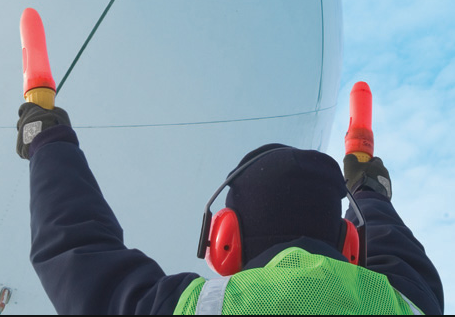Good hearing keeps you in the game, but how much is good social activity worth?
Various studies have linked social connections to better health and longer life, but it hasn’t been clear whether healthy people were more socially active to begin with. A review of 148 studies from researchers at Brigham Young University looked at healthy people who were followed for 7.5 years, on average. The study(ies) controlled for the health of the subjects.
The results showed that the value of social interaction was stronger and than you might thing. Based on the data from these studies, weak social ties in your community are a major risk factor to your health, at least as harmful to your health as smoking, lack of exercise or obesity. For instance:
- You have a 50% lower risk of dying if you have close friends, family or work relationships.
- Poor socialization threatens your health as much as if you were an alcoholic or were smoking a pack a day.
- Poor social connections are harder on your health than not exercising, or being obese.
The study concludes that medical checkups should screen patients for social well being, with the goal of enhancing social connections.
It goes almost without saying that medical checkups should also screen patients for hearing loss, to ensure that patients have a good shot at maintaining social well being. We think and hope readers will agree that hearing well is an essential ingredient for developing and maintaining successful social networks.


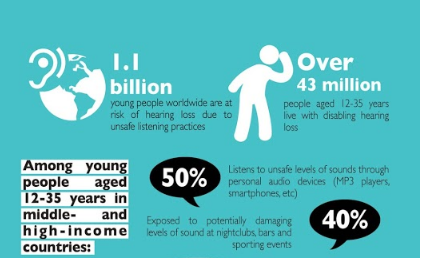
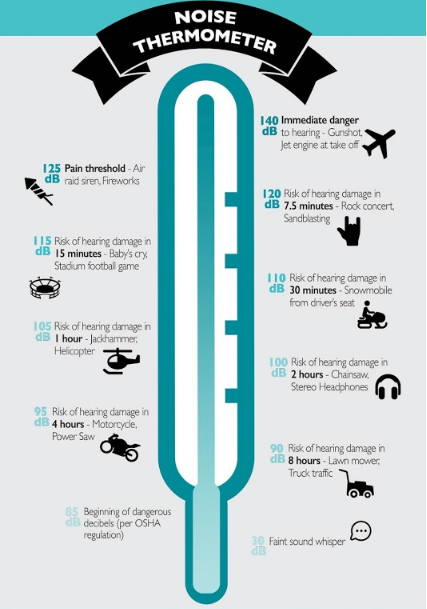
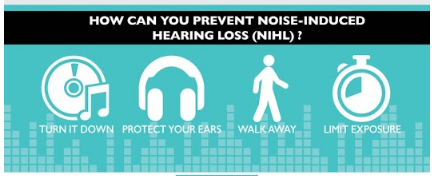
 include: widened market potential, compliance to procurement tenders, improved efficiency and cost savings, higher level of customer service, and therefore satisfaction, and heightened staff moral and motivation.
include: widened market potential, compliance to procurement tenders, improved efficiency and cost savings, higher level of customer service, and therefore satisfaction, and heightened staff moral and motivation.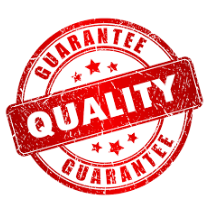

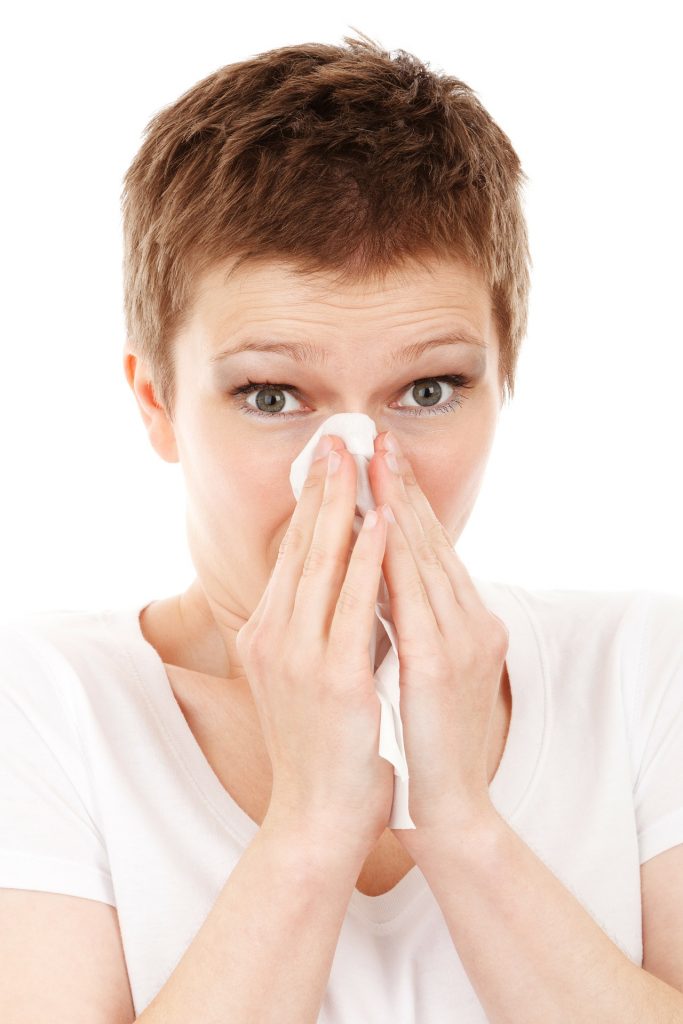 canal congestion.
canal congestion. The dB Blocker™ Classic Intercanal Vented hearing protection device by CPE PEUS may be an answer to those who need to improve hearing. Vented Intercanals were designed for persons who need to converse and work in and out of noise. This hearing protector (earplug) enhances conversation with other workers in a noisy workplace and could be used to enhance hearing with the inner ear concerns of allergy responses.
The dB Blocker™ Classic Intercanal Vented hearing protection device by CPE PEUS may be an answer to those who need to improve hearing. Vented Intercanals were designed for persons who need to converse and work in and out of noise. This hearing protector (earplug) enhances conversation with other workers in a noisy workplace and could be used to enhance hearing with the inner ear concerns of allergy responses. 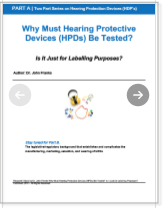


 they are designed to be soft and flexible. The advantage of the softer devices is better comfort and function. They change shape slightly as the wearer ’s ear canal changes shape when talking or chew ing, thereby continuing to seal during those activities.
they are designed to be soft and flexible. The advantage of the softer devices is better comfort and function. They change shape slightly as the wearer ’s ear canal changes shape when talking or chew ing, thereby continuing to seal during those activities.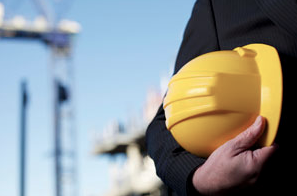 company’s representatives take impressions of each worker’s ear canal and outer ear and train workers on how to ensure proper fit. Greater comfort addresses the problem facing health and safety managers of getting people to wear hearing protection and policing their use. A filter and vent in the db Blockers can make speech more understandable by reducing attenuation at higher speech frequencies.
company’s representatives take impressions of each worker’s ear canal and outer ear and train workers on how to ensure proper fit. Greater comfort addresses the problem facing health and safety managers of getting people to wear hearing protection and policing their use. A filter and vent in the db Blockers can make speech more understandable by reducing attenuation at higher speech frequencies.
